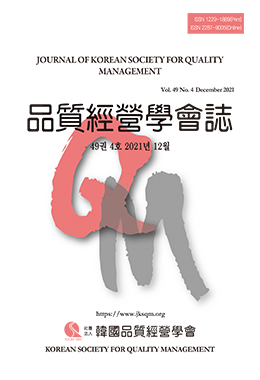Purpose: The time and cost of a project activity exists in a selected mode and there is a quality level for the selected mode, and the time and cost of the current activity is determined by the quality level of the preceding activity. When an activity is a predecessor activity of an activity, it is characterized as a trade-off problem in which the time and cost of the activity are determined according to the quality level of the activity.
Methods: A neighbor search heuristic algorithm obtains a solution by (1) randomly determining the mode, quality level, and assignment order for each activity. (2) get a solution by improving the solution by changing the possible modes and quality levels; (3) to find a solution by improving the solution from the point where it is feasible to advance the start time. Here, Case[1] is a method to find the optimal solution value after repeating (1). Case [2] is a method for finding a solution including (1) and (2). Case [3] refers to a method for finding solutions including (1), (2), and (3).
Results: It can be seen that the value of the objective function presented by the algorithm changes depending on how the model of the heuristic algorithm is designed and applied. In other words, it suggests the importance of algorithm design and proves the importance of the quality problem of activities in the project schedule.
Conclusion: A study significance of the optimization algorithm and the heuristic algorithm was applied to the effect of the quality of the preceding activity on the duration and cost of itself and the succeeding activity, which was not addressed in the project schedule problem.




